Today’s focus is firmly on the monetary policy decisions from SNB and ECB, with markets eager to gauge not just the magnitude of the expected rate cuts but also the tone of their forward guidance. Both central banks are expected to ease, but the precise depth of the cuts and their outlook on future policy will drive market reactions.
SNB is widely anticipated to cut its policy rate by 25bps 1.00% to 0.75%. However, speculation of a more aggressive 50bps cut persists, with financial market pricing increasingly leaning toward this scenario.
SNB has considerable room to maneuver, given Switzerland’s inflation rate of just 0.7%—the lowest among major economies. However, with rates already close to zero, SNB must balance immediate economic support with preserving policy ammunition for the future.
After all, today’s move will not mark the end of the easing cycle of SNB, as economists project further reductions through 2025, driving the policy rate to 0.25% or even zero by the end of next year.
For ECB, the debate has also revolved around the scale of its next move. Recent speculation about a 50bps cut has largely been dismissed following comments from ECB officials, leaving a 25bps reduction in the Deposit Rate to 3.00% as the more probable outcome.
However, market participants are paying close attention to the tone of ECB’s statement and press conference. With inflation expected to settle earlier at target by mid-2025 amid weak economic activity, ECB would signal explicitly the need for sustained easing into next year.
Investors currently expect a cut at every meeting until mid-2025, with the Deposit Rate potentially reaching 1.75% by year-end. However, such an aggressive pace could bring rates below the neutral level.
In terms of market impact, EUR/CHF is the currency pair to watch. Outlook is clearly bearish with EUR/CHF staying well below falling 55 D EMA. However, in case of another dive, 0.9209 key support might continue to provide support for a bounce a second time, barring any drastic surprises. Meanwhile, there would be no clear confirmation of bullish reversal until decisive break of 55 D EMA (now at 0.9362).
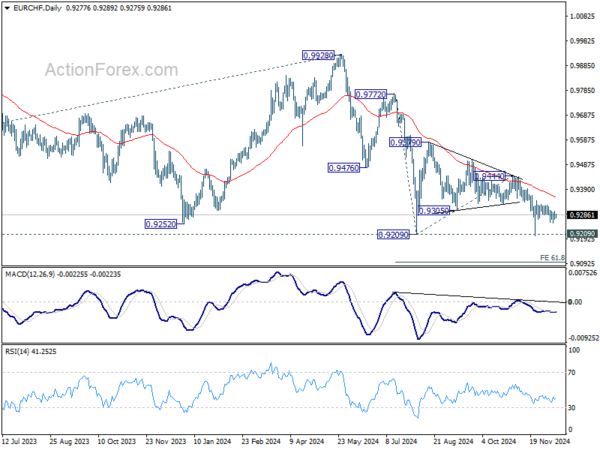




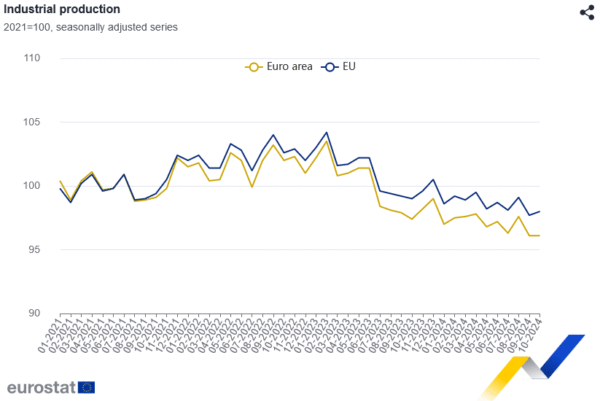
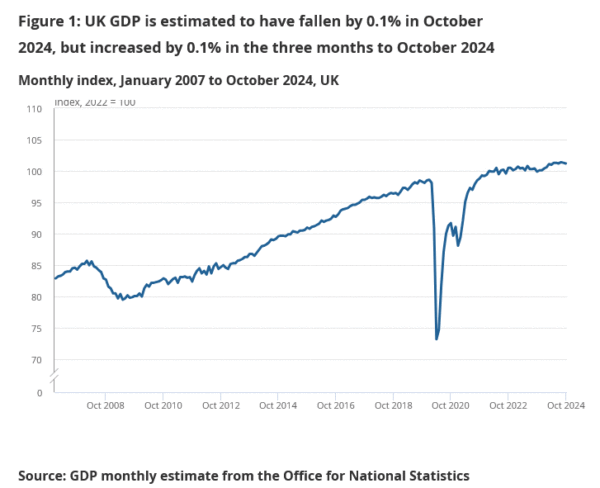
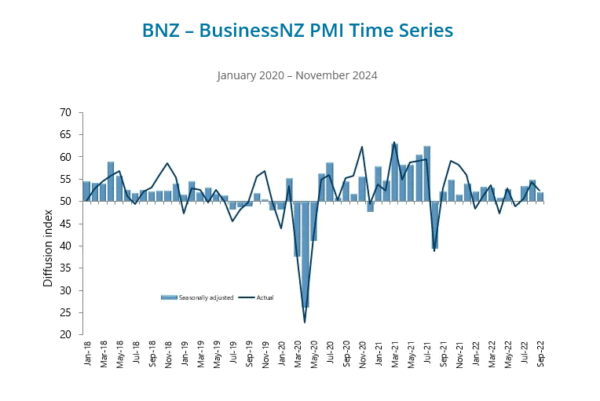
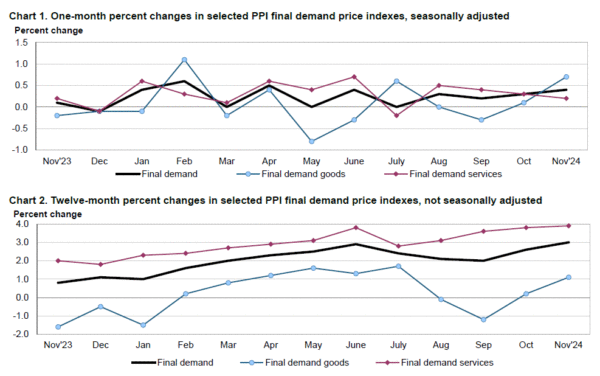
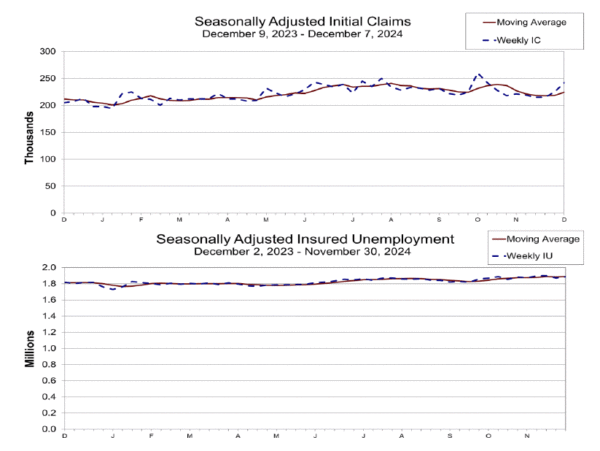
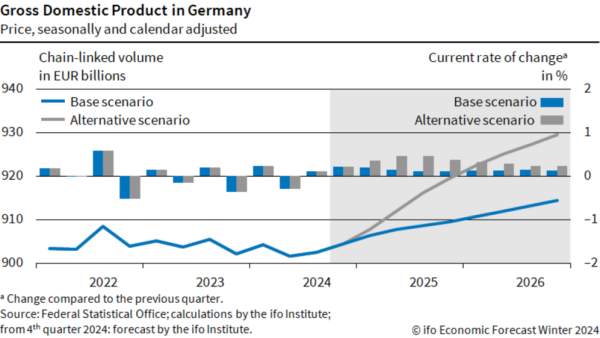
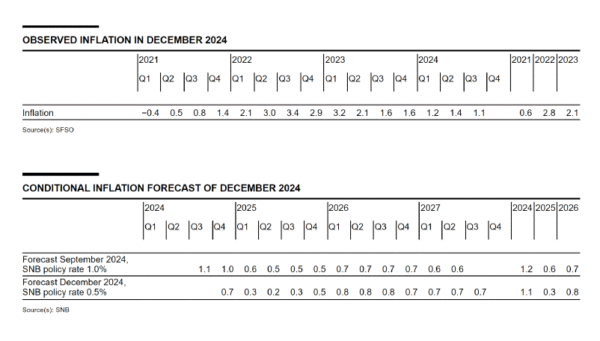

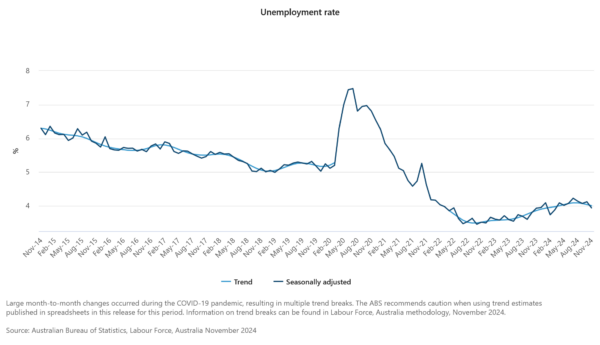
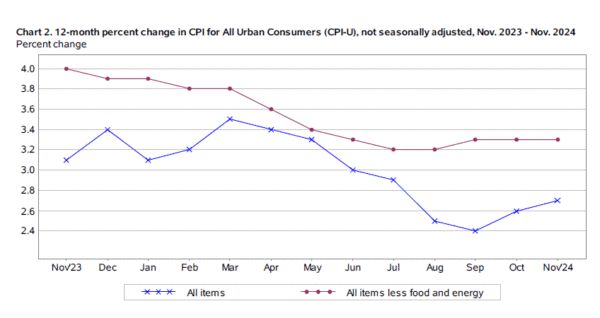
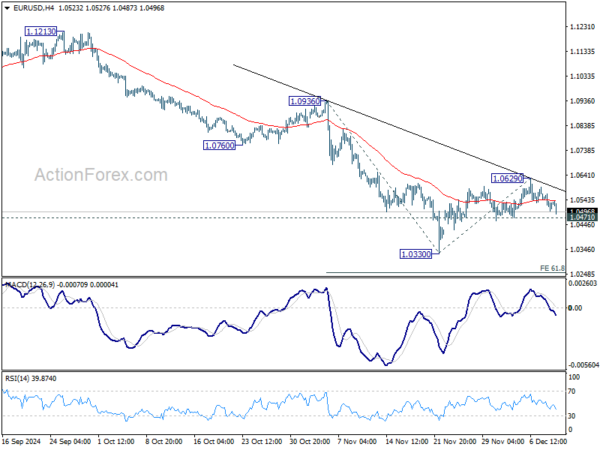
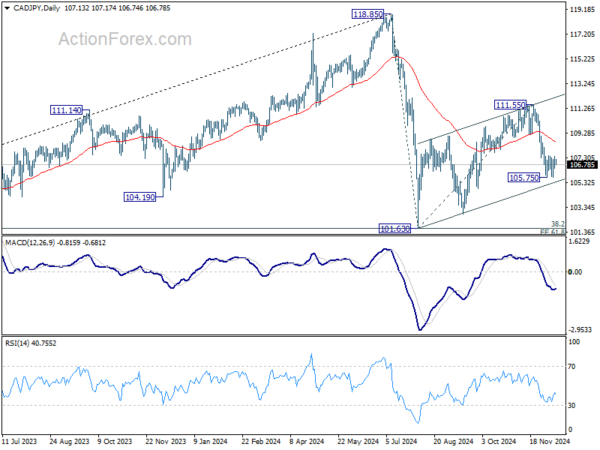


ECB officials signal more rate cuts Ahead, gradual path to neutral
A day after ECB reduced its deposit rate by 25 basis points to 3.00%, key ECB officials provided insights into the central bank’s outlook, reinforcing expectations for further easing in 2025. Comments from various members of the Governing Council suggest a shared commitment to a cautious but consistent approach to policy normalization.
French ECB Governing Council member François Villeroy de Galhau explicitly stated, “There will be more rate cuts next year, more rate cuts plural,” emphasizing alignment with market forecasts. The swap market currently prices around 120 basis points of rate reductions by the end of 2025.
Similarly, Spanish member José Luis Escrivá noted the prevailing consensus for “moves of 25 basis points downwards,” allowing for regular assessment of disinflationary progress.
Irish ECB member Gabriel Makhlouf highlighted the clarity in the rate trajectory while maintaining a data-driven approach: “The exact pace and number of further reductions depend on inflation outturns continuing to move in line with our projections.”
Portuguese member Mário Centeno added that rates could approach the 2% level within a few quarters, barring new economic shocks.
Comments from Luxembourg’s Gaston Reinesch pointed to the possibility of reaching a 2.5% deposit rate by early spring, implying consecutive 25bps cuts in January and March.
Latvian member Martins Kazaks kept the door open for larger adjustments if warranted, while Austria’s Robert Holzmann reiterated alignment with forecasts, noting that rates would ultimately settle closer to neutral.